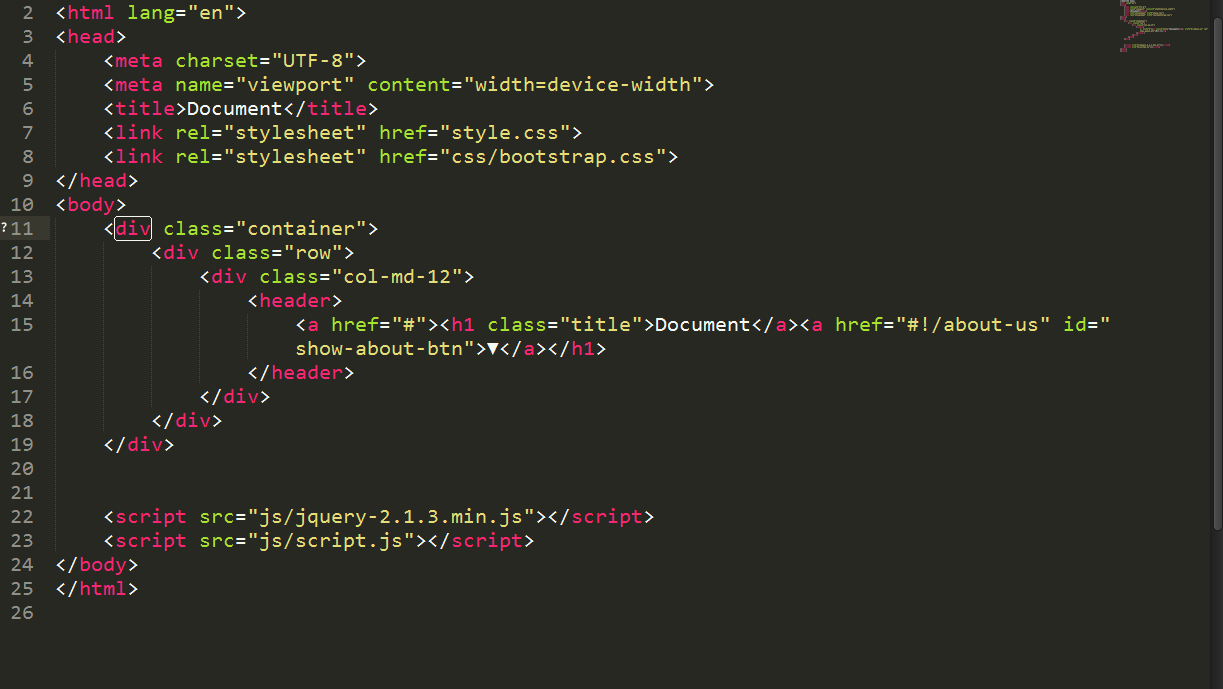
To change the alignment, press Ctrl + Shift + L (Windows or Chrome OS) or ⌘ + Shift + L (Mac). Justified text is more difficult to read because of extra space between the words. To make your document or presentation easy to read, use large, left-aligned text when possible. For example, if you link to your profile page, the linked text should say "my profile," not "click here." Check text size and alignment It's best to use the title of the page as the linked text. Screen readers can scan for links, so informative link text is helpful. Accessible Web Color Contrast Checker: This is a website that allows you to enter color values to check contrast.WebAIM contrast checker: This is a website that allows you to enter Pantone and font data to get a pass/fail rating based on WCAG 2.1 compliance.To check contrast, use one of these tools: For example, avoid light gray text on a white background. Web Content Accessibility Guidelines (WCAG) 2.0 recommend a minimum ratio of 4.5:1 for large text and 7:1 for other text and images. High color contrast makes text and images easier to read and comprehend. The file owner can also receive email notifications or review comment threads. Screen reader users can jump to comments using keyboard shortcuts rather than hunting through your file. Use the commenting and suggesting features instead of writing notes within the text of your document or presentation. In the table, include a heading row rather than start with data in the first row. Use tables to present data, not to change the visual layout of the page. For all other platforms: Press Ctrl + Alt + y.

It's a good idea to verify that the automatic alt text is correct. Some images automatically include alt text. Otherwise, a user only hears the word "image" and could miss any relevant visual details.Īlways provide alt text for any visual data if there are no other text annotations. Include alt textĪlternative text for images, drawings, and other graphics provides screen reader users with an audio description of what’s on screen.

When you create a document or presentation, follow the tips below to make it more readable by everyone, including people with disabilities.


 0 kommentar(er)
0 kommentar(er)
